I will try something new for 2024 and I would love others to join in and post their own bird place and with link in the comments. From gardens to wetlands, city towers to mountains. Lets celebrate and learn from each other places which birds find welcoming. No need for clear photos of birds as emphasis can be on the place that the birds like. I will visit any links supplied in the comments and tag Bird place of the Month.
Other plans for 2024 include creating a page/ author website for the background to my writing, the species and places in the novel, and other books read. I have not yet decided where to begin this and how to promote but am beginning. Navaselva, The Call of the Wild Valley : Wright, Georgina, Koenigsberger, Ruth: Amazon.co.uk: Books
I hope to keep navasolanature moving forward with its nature focus and am inspired by I J Khanewala’s Bird of the Week and Denzils Nature Challenge https://anotherglobaleater.wordpress.com/bird-of-the-week-invitation/
Although Denzil has changed his focus he has helped add to all the connections and information about nature on WordPress and this links to his nature pages on Discovering Belgium. https://www.discoveringbelgium.com/category/nature/page/2/
Bird Place of the Month January
This has to be for me the Rio Formosa by Cabañas de Tavira. We arrived on New Years Eve and celebrated with long standing friends the Portuguese delights of this time of year.
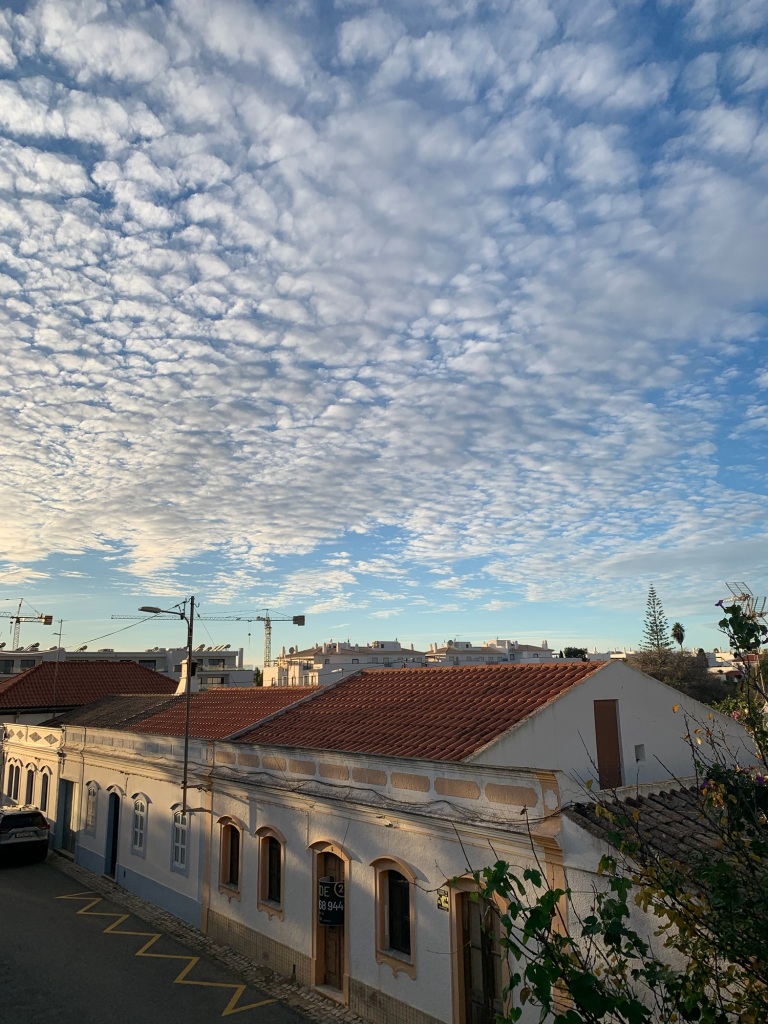
The weather was often grey but I believe a brighter grey. One afternoon we looked out from our balcony and saw lots of cormorants along the far side of the Rio Formosa river delta or lagoon. On the other side of these sand dunes lies the Atlantic and where the long stretches of sandy beaches are. It is a protected and wonderful stretch of sandy dunes, tidal sands and water. A prefect place for many birds.
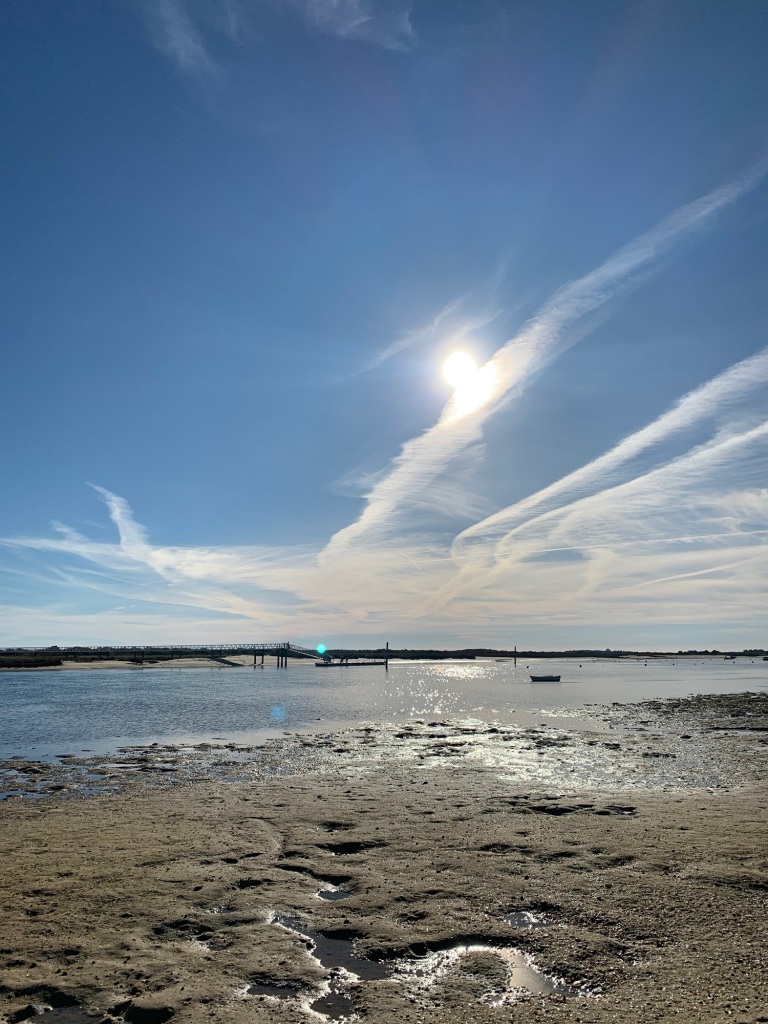

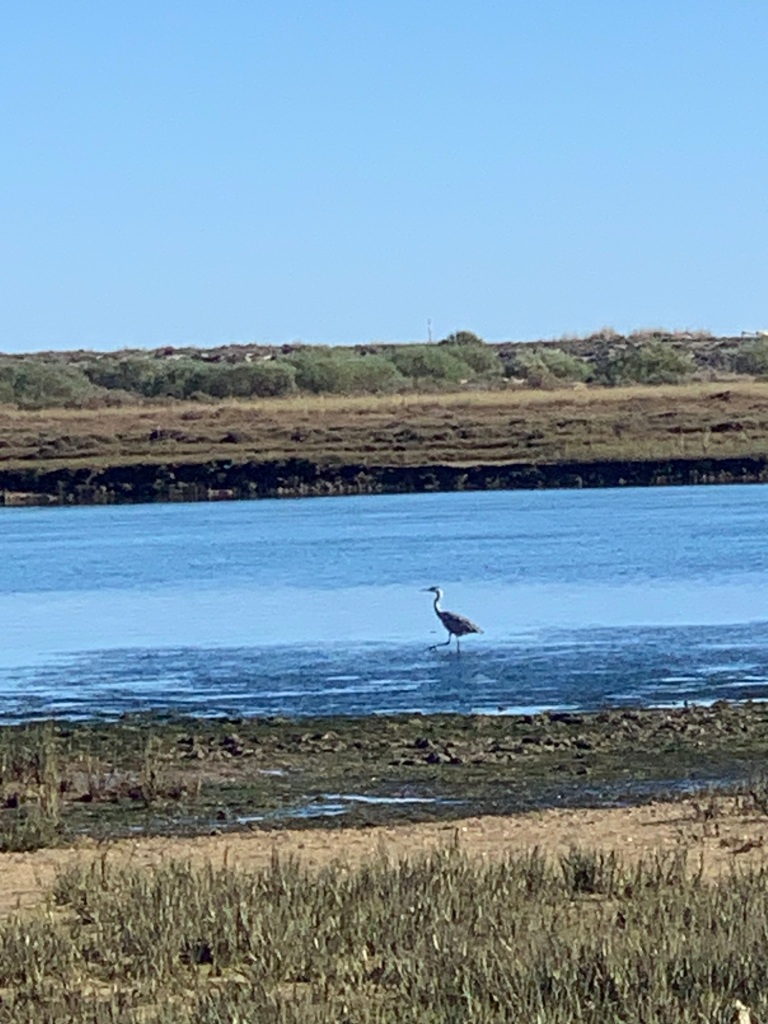
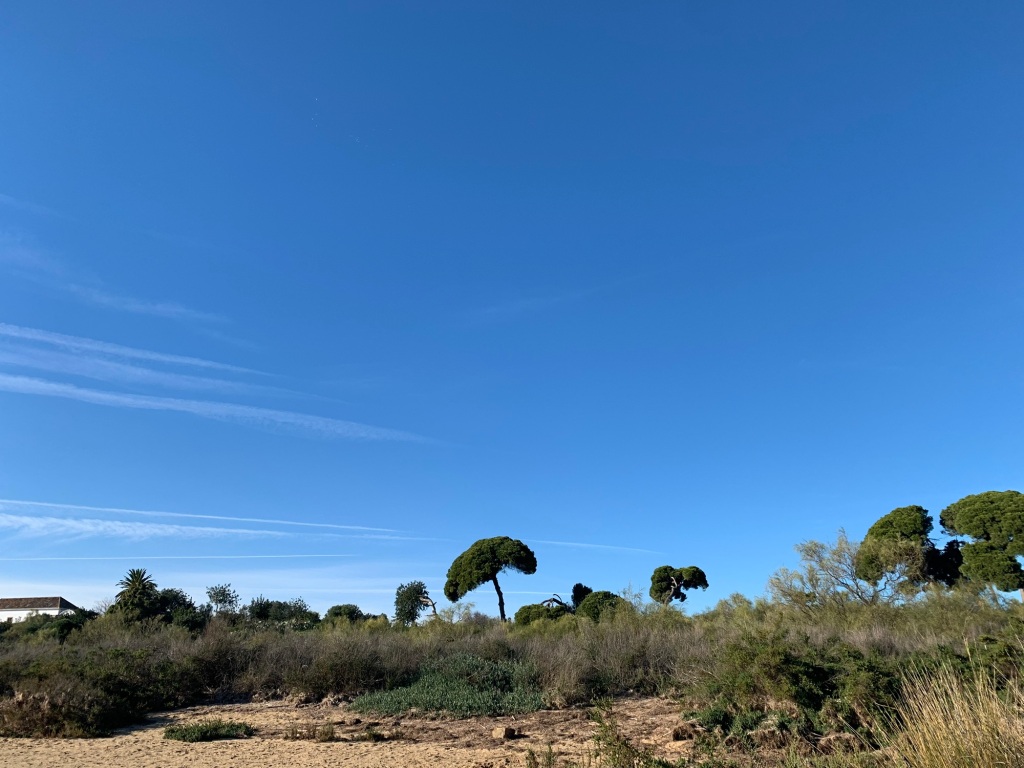
Unfortunately I only had my phone camera but for Bird Place of the Month lets say it is the place that matters and the birds you see at that time. Of course great photos appreciated too but those birds for me often evade capture.
We went out onto the boardwalk and counted the cormorants all poised and upright on the other side of the water. Mr T says over 200. I counted 190. A lot. We have never seen so many like this all together on a stretch of sand of about 200 metres. A cormorant a metre, perhaps! They had been there a while from late afternoon and as the light fading they flew off westward towards the isle of Tavira. About three or four were left. These might have been the residents of this stretch, sharing for a while their patch.
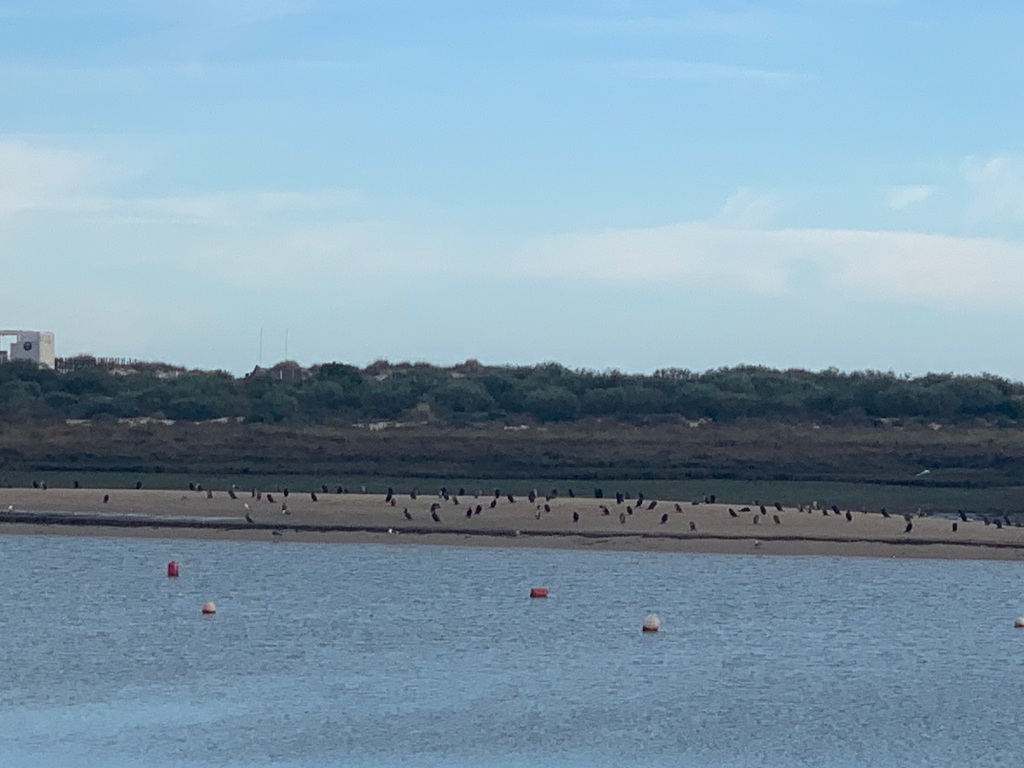
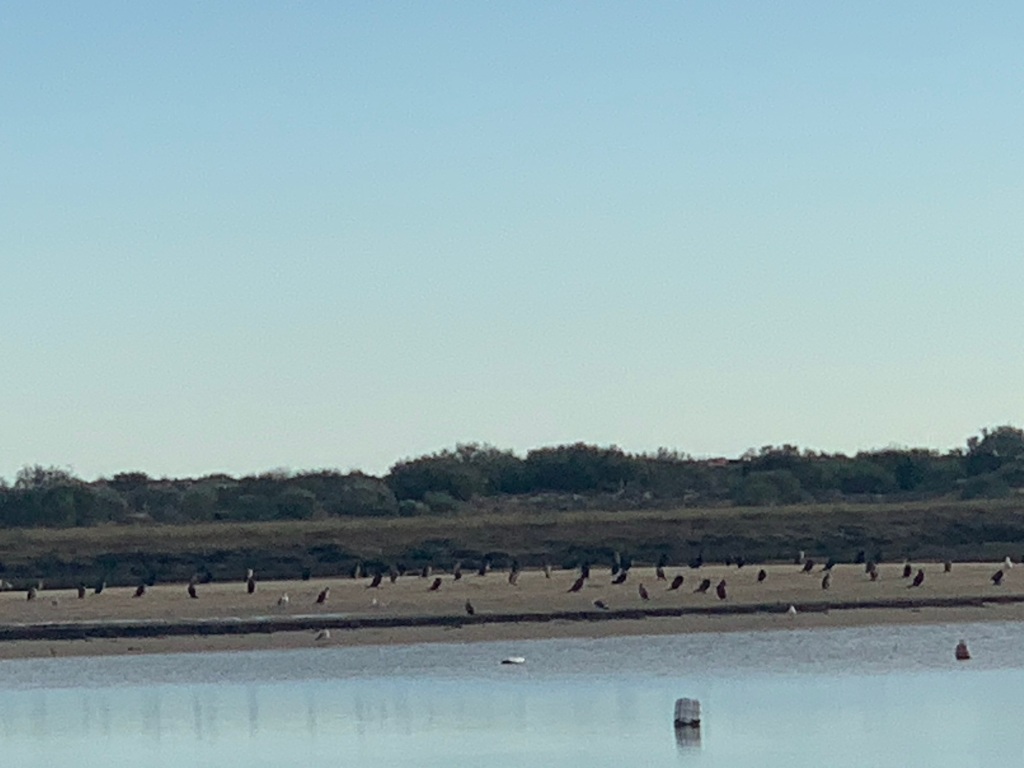
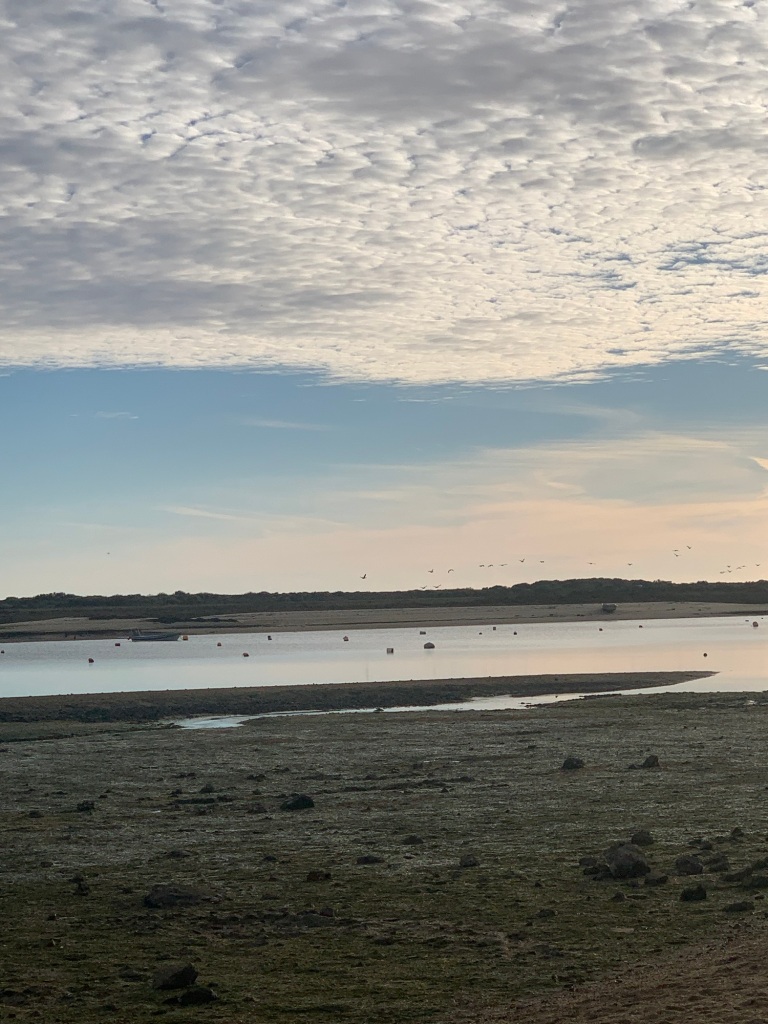
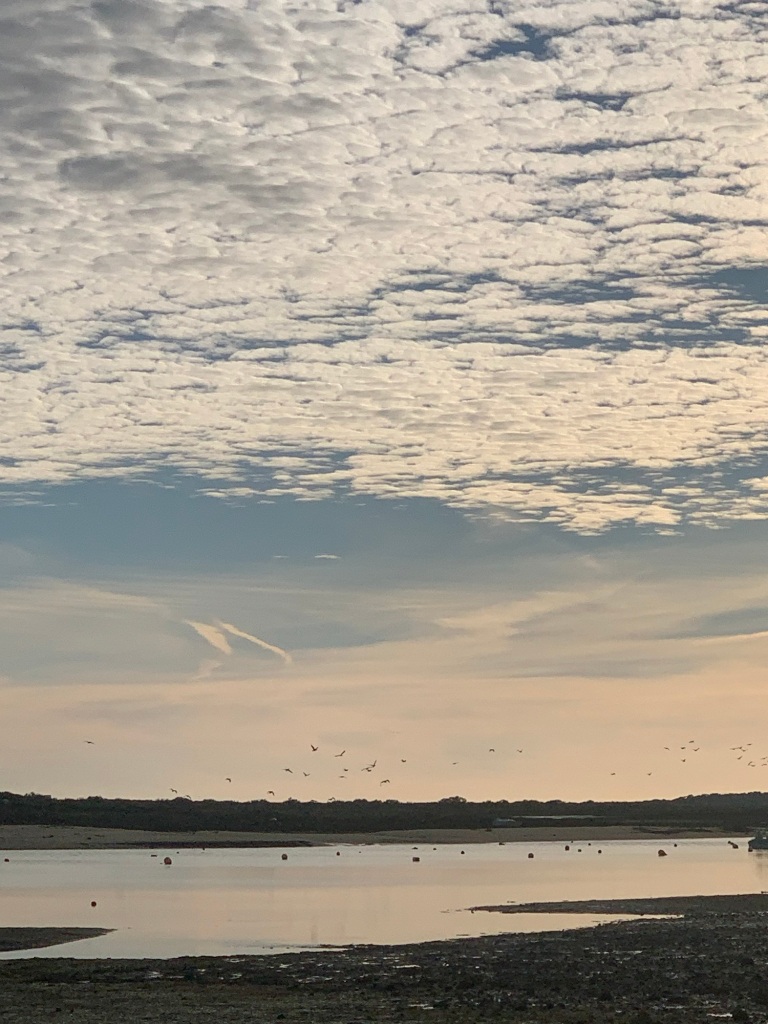
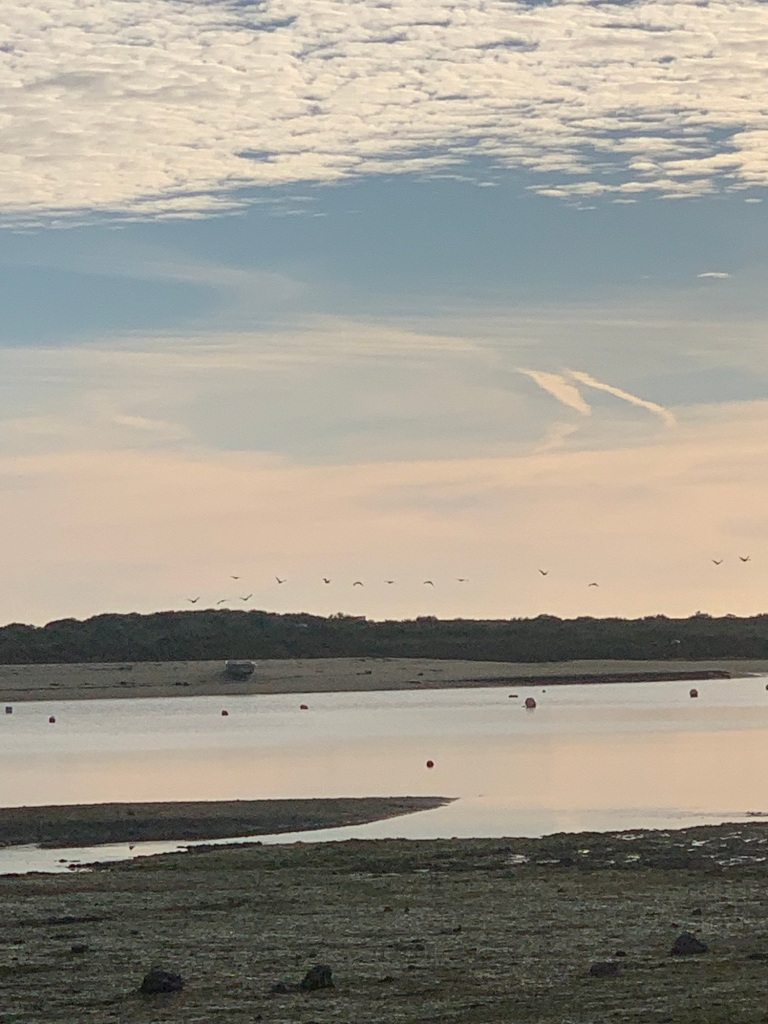
Why were they all there? They were not fishing. Were they there for a meeting as in Navaselva, The Call of the Wild Valley?
Why so many together? Migrating? Searching for good places.
On a walk the following day we saw several curlew, the normal camouflaged turnstones and ring necked plovers. With the binoculars I could clearly see the reddy orange legs of the redshank. A heron flew in and did seem larger in flight and size than the resident egrets.
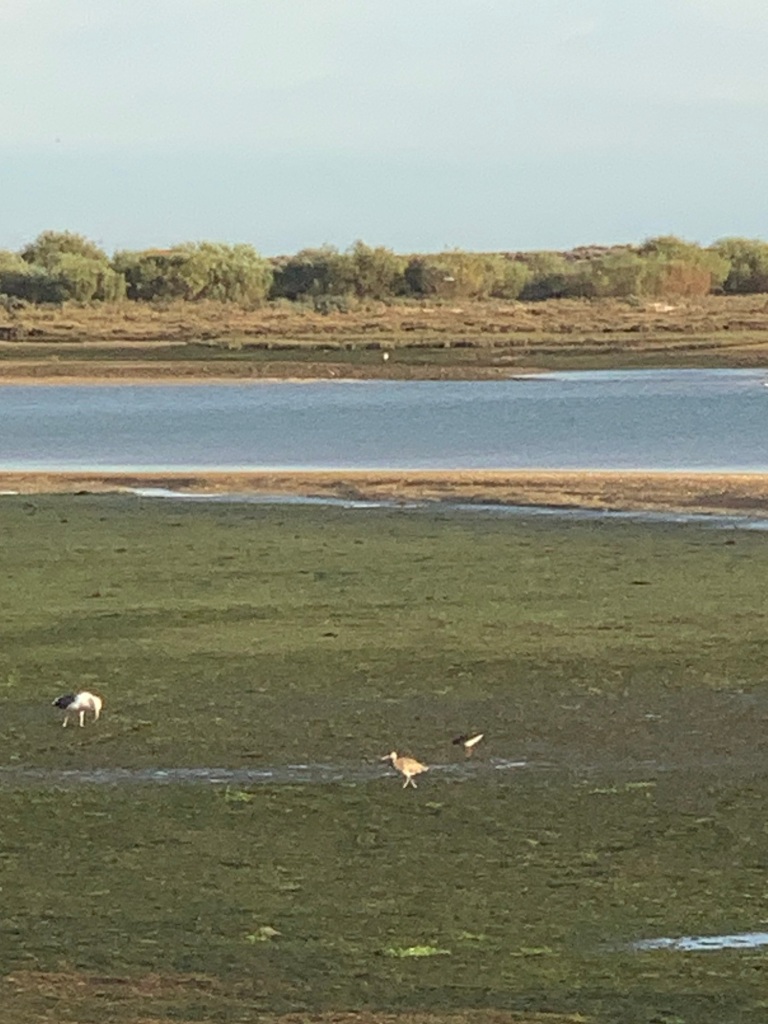
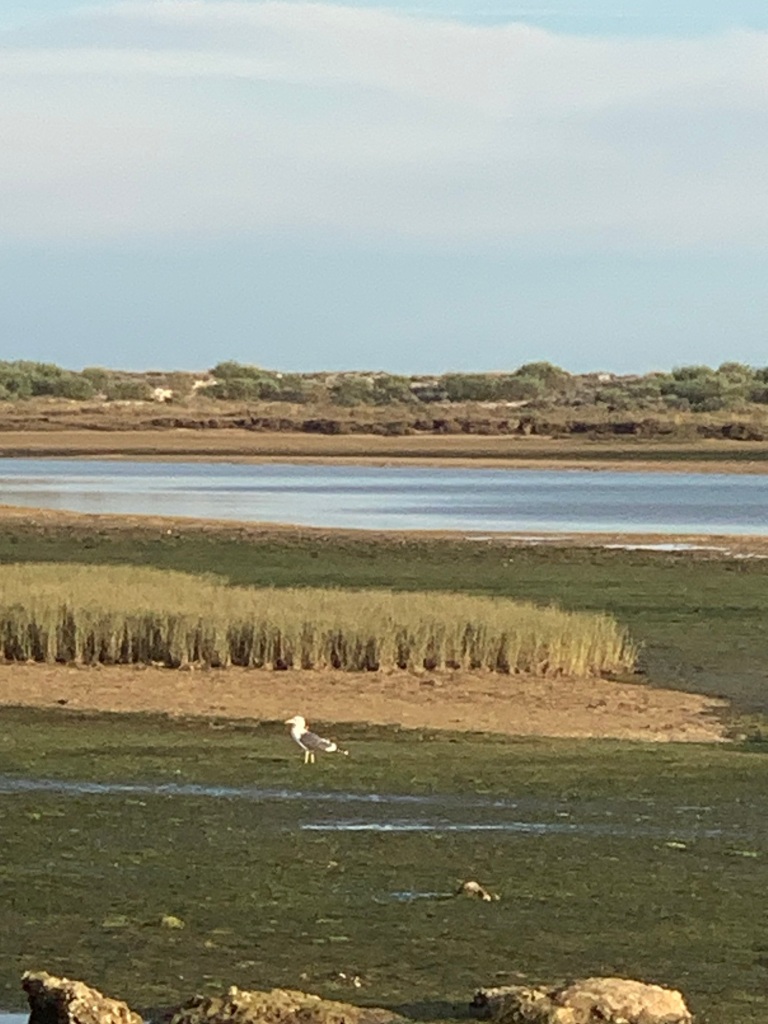
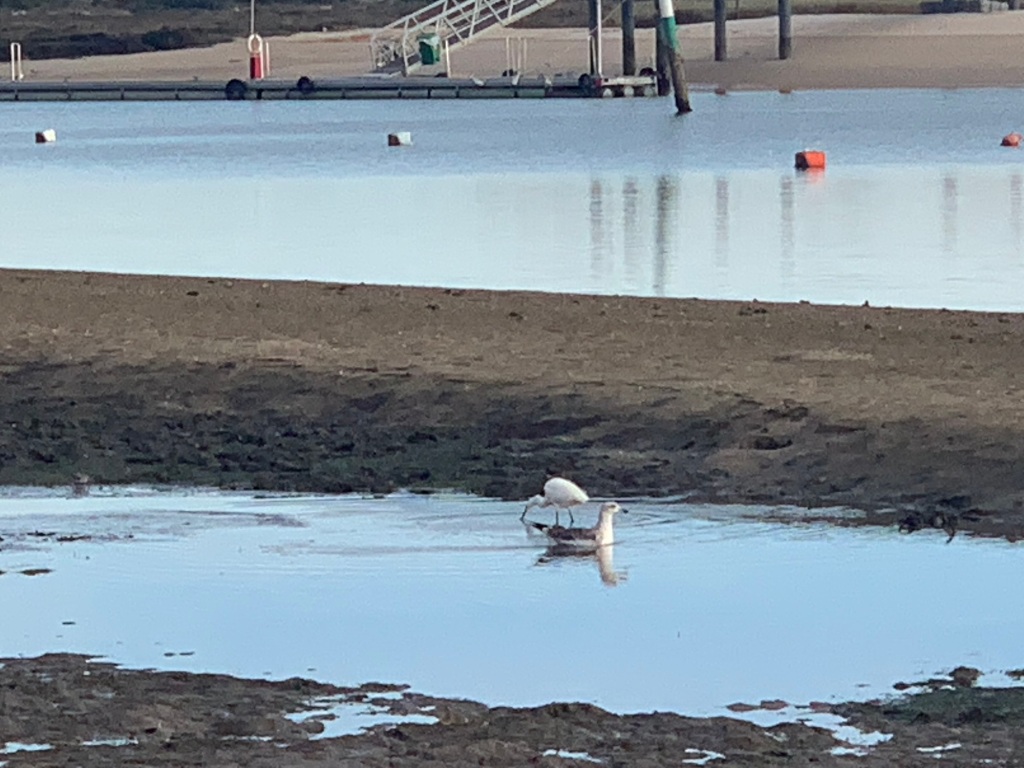
I was going to add these egrets to I J Khanewala’s bird of the weekhttps://anotherglobaleater.wordpress.com/bird-of-the-week-invitation/. This is a great place for bird lovers to share and focus on a particular bird. We think they were little egrets but could not see the orange feet to really determine and at a distance the relative size. All three types of egret can be found on the Algarve. Many now have become resident in the UK too. As a species they seem to be doing well. My first memories were seeing white birds on the backs of the very black water buffalo in India in the 70s and 80s. These were probably cattle egret. Near Doñana in Spain we have taken pictures of egret on some horses. But I think these were little egrets. It is sometimes better with these characters to use their latin names and pick out a few distinguishing features.
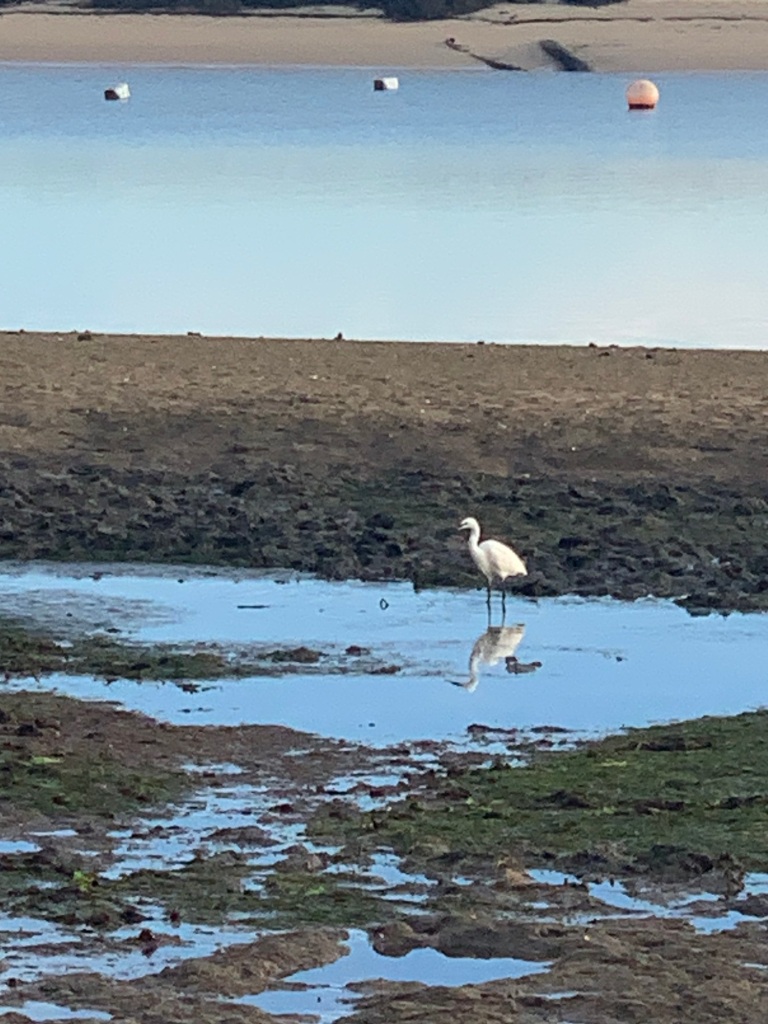
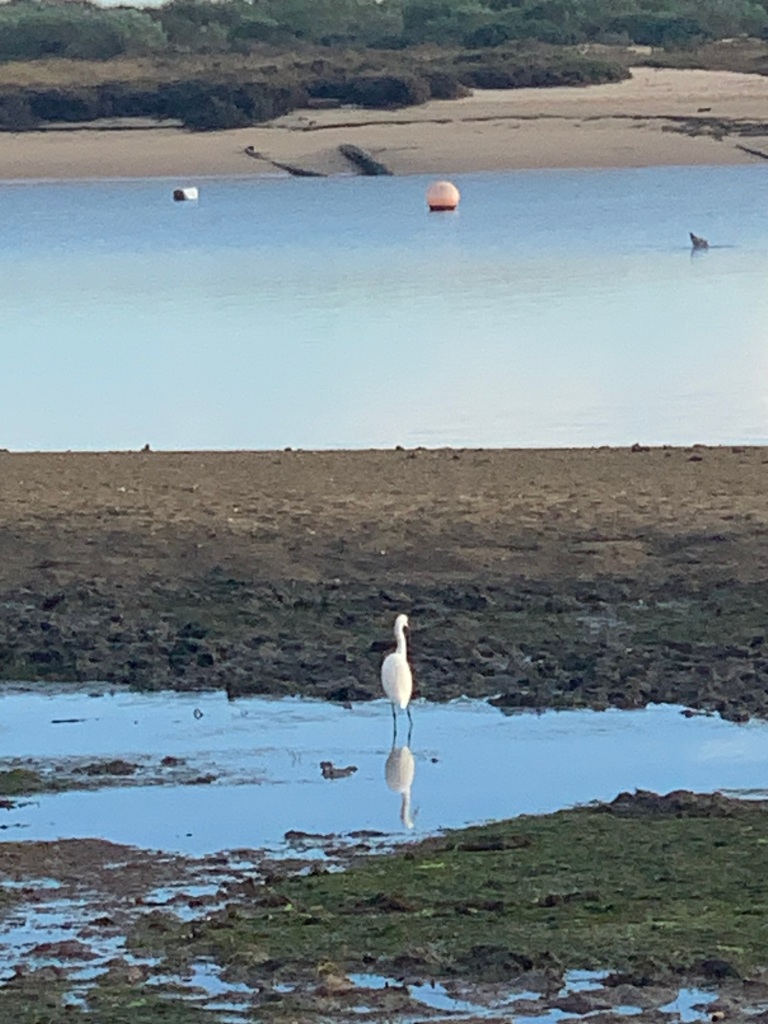
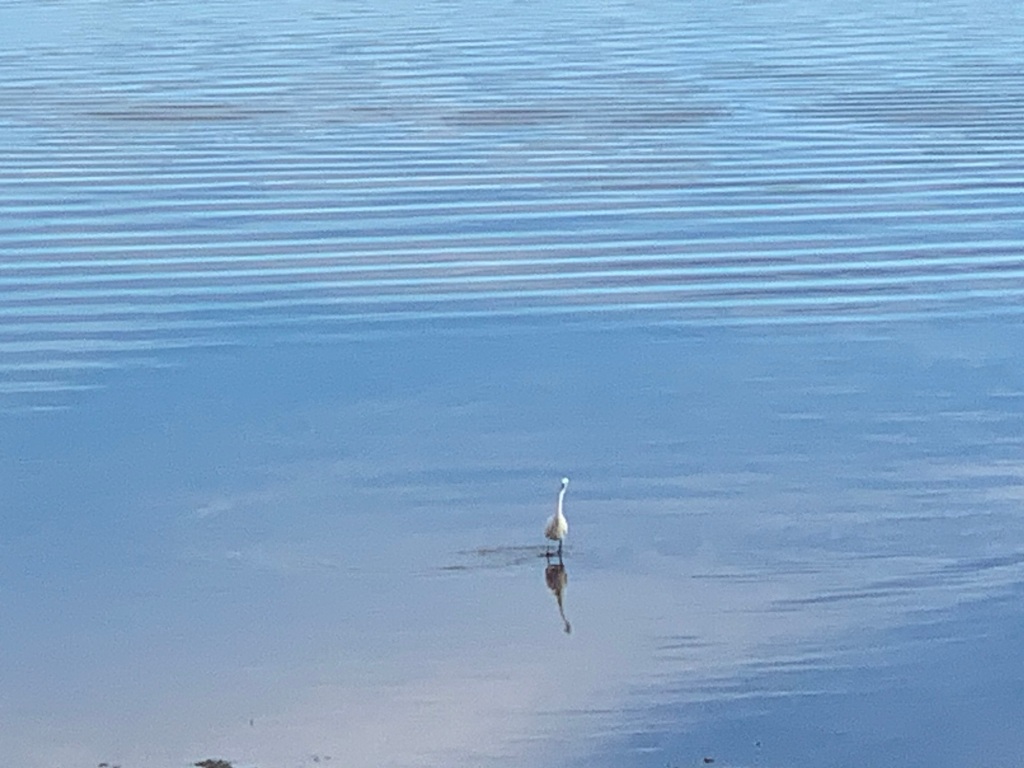
Egrettta garcia garzetta – Little egret and with a range from southern Europe to Southern Asia. Can migrate to Africa or if in Asia to the Philippines. Also might be flying over the Atlantic to reach the New World.
Ardea alba is the Great or Common Egret and has a yellow bill and black legs and feet. This one is found on all continents.
Bubuculu ibis is the cattle egret with yellow bill and yellow legs and slightly smaller than the little egret – egret garcia.
There are also a lot of sub species of these birds too. The rarity of egrets when I was younger in Europe was the impact of using their feathers in hats.
How many more birds might we see if hunting was truly banned eg with turtle doves and netting and glue sticking of small birds like goldfinches for cages and a variety of songbirds for ‘Fine Dining’ was so abhorrent that there would be no illegal trade for these activities.
Below is a type of egret painted by Ruth Koenigsberger who illustrated Navaselva, Call of the Wild Valley.
I named the bird John Travolta. The bird is pursuing courtship activities and based on a you tube video from the Americas.
Perhaps my offering to Bird of the Week and another type of egret.
https://anotherglobaleater.wordpress.com/bird-of-the-week-invitation/
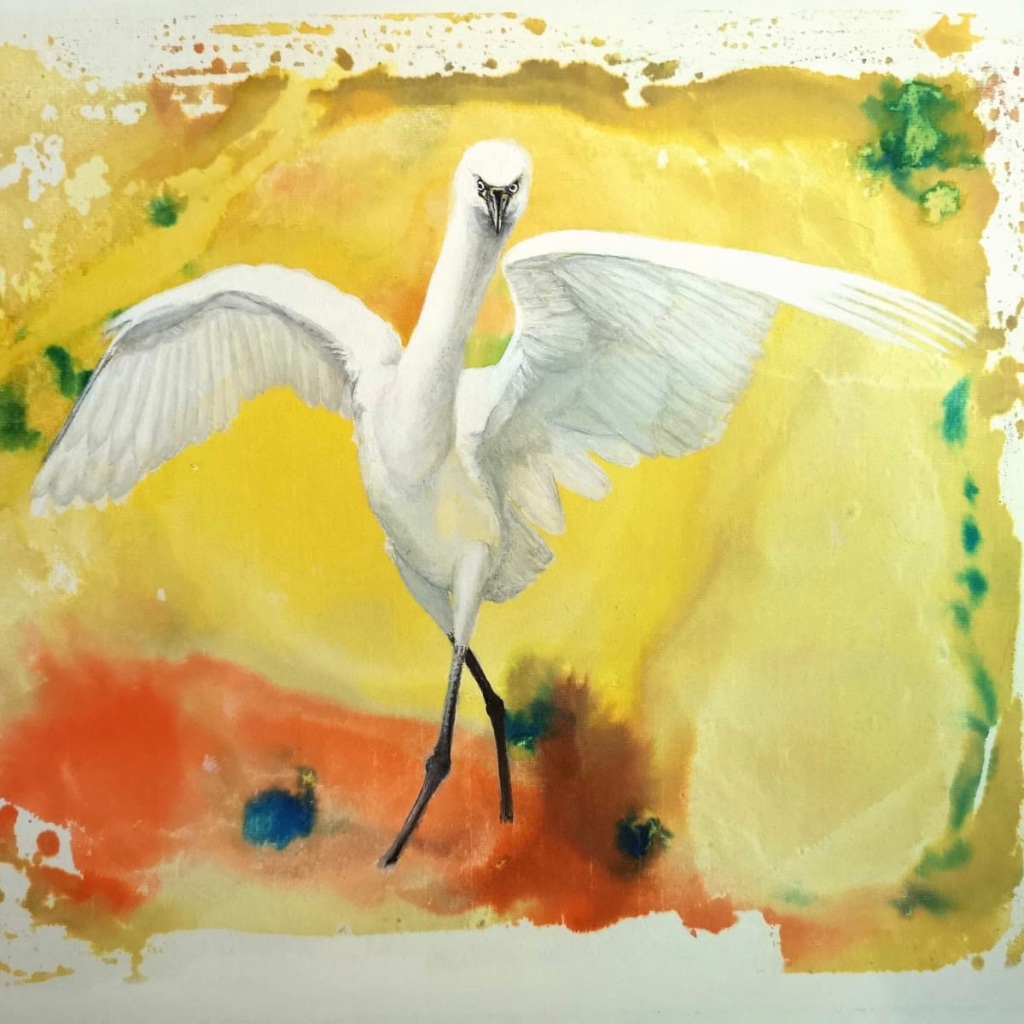
Navaselva, The Call of the Wild Valley : Wright, Georgina, Koenigsberger, Ruth: Amazon.co.uk: Books
Navaselva The Call of the Wild Valley: Georgina Wright: 9781914199523: hive.co.uk

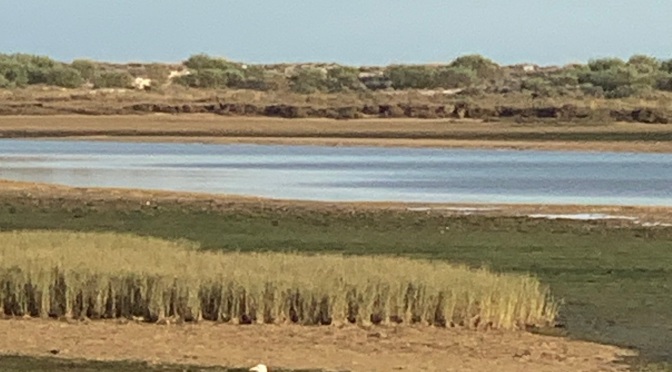
Fab!! Would contribute but we’re still in the midst of moving.
LikeLiked by 1 person
When you are ready. Am sure you have some in the archives too.
LikeLiked by 1 person
Sure do!!
LikeLike
A good idea, but I can’t contribute this month, from Spain. The only birds I see here are Monk parakeets and the very occasional gull!
LikeLiked by 1 person
Thats’ ok but a report back from Barcelona. Hope you are having a grand granny time.
LikeLike
Nava, The marshes in your photos look like the tidal marshes in Savannah, and I recognize the great egret, also called the American egret, as I recall. We have them here, easy to see, because they are huge. We also have similar egrets that I can only identify because their legs and feet are opposite to the great egrets. I think they are called snowy egrets. We have ibises and in winter (now), I sometimes see loons diving, and brown pelicans in the air or on dock rails. I believe they are migrating.
I like your concept, but I can only contribute my reading impressions, since my film and digital cameras have succumbed to corrosion from the salt air. I still haven’t learned how to use the cell phone, but my blog has pics of my chickens–the only birds I can capture.
LikeLiked by 1 person
Reading impressions very welcome. All part of working out where the wild birds are. Yes, I think the one Ruth painted is the American egret and a possible sub species. The other ones along the shore in Cabanas were smaller than the heron and certainly black beaks so am guessing little egret.
LikeLiked by 1 person
I thought at first that you were trespassing on I.J’s bird of the week territory, Georgina, but reading on I see that that isn’t the case. I enjoy to watch the birds, particularly our endlessly fascinating flamingos, but I’m no student of their behaviour and my photos of birds are generally pathetic. We also saw a large gathering of cormorants on the salt pans out towards Quatro Aguas, a couple of weeks ago, which was the last time we were out and about. Flu has kept us indoors since New Year’s Eve. My favourites are those little sanderlings that scurry about at the edge of the water. They lead such busy lives! I will follow but not participate, Georgina.
LikeLiked by 1 person
I wouldn’t want to trespass but cannot keep up with weekly challenges and there were so many birds in Cabanas. Probably was the same flock of comorants as about the same time. My focus will be the place rather than a particular bird. And already have been given some interesting information. Thanks for following.
LikeLiked by 1 person
Wonderful! Would love to visit.
LikeLiked by 1 person
You would love the southern coasts here from Jan to Feb and might even catch cranes departing northwards. Hopefully one day you can visit.
LikeLike
Love the “John Travolta” painting! And as usual, your photos are gorgeous, Georgina.
There’s nothing to photograph here in Cleveland at this time of year, save for the sparrows fluttering around the feeder. But I’ll enjoy seeing what others post.
LikeLiked by 1 person
Thanks Denise, but good to know the sparrows are about. Here along the algarve coast like the ex pats lots of birds do gather in Jan and Feb.
LikeLiked by 1 person
The idea of ‘place’ as a focus category works better for myself as a non-birder. Draws me in to the subject more readily. Never thought of John Travolta as a dancing egret – but the resemblance is uncanny!
LikeLiked by 2 people
Yes, maybe for me too as bird photography is beyond me but sense of place and key habitats we can have a go. We love John Travolta the egret!
LikeLiked by 1 person
That’s great do send a link to a post you do. Lets find the places birds like!
LikeLike
This is an excellent idea for a challenge and I like the fact that it will just be monthly as sometimes it’s hard to join in all the ones I would like to! I’m no bird expert but I love to go to places where birds are to be seen 🙂 The Rio Formosa is a favourite place of mine but I’ve been to an area a little way along the coast, around Faro.
I’m kicking off my contributions with a visit to a place in Senegal that I loved: https://www.toonsarah-travels.blog/gallery-the-birds-of-the-saloum-delta/
LikeLiked by 1 person
Thanks Sarah, I think I tried to follow a ping back and have been on your post. It does look a fantastic place for birds and to maybe visit and help locals keep the area wild. I will have to look up the small bee- eaters and there are a lot of different types. It’s a great example too of the little egret with its big yellow feet!
LikeLiked by 1 person
Thank you, and thanks for introducing this new challenge – I’m looking forward to joining in again in the future 🙂
LikeLiked by 1 person
Thanks, that will be great. We need to gather the good news of good places for birds.
LikeLiked by 1 person
Nice idea. You can add any pond or lake anywhere in India during the winter months as a birding hotspot. That’s when the country is full of both local birds and winter visitors.
LikeLiked by 1 person
That sounds great. Glad there are ponds. Some here and the reservoirs still low as awaiting more rain.
LikeLike
That sounds like a great place for birds, thanks for sharing it and your lovely photos.
LikeLiked by 1 person
Glad you liked it and hope all going well for you. Next will be inland!
LikeLiked by 1 person
Georgina, what a terrific idea and I’ll get my thinking cap on! I was wondering if the birds from my garden would count – they keep us amused – our friend the Robin, the cutest wren, blue tits galore, white doves and the dopey pigeons to name a few! By the coast is a place called Maldon and lots of sea birds there as the tide goes out.
I love your description and photos from Portugal here and wow, what a large amount of cormorants! I can’t believe you counted them all. Egrets are stunning birds and the beautiful painting captures their elegance brilliantly. A lovely and positive post – just what I needed on the greyest of day (& not the light variety of grey!)
LikeLike
Absolutely lets have the birds in your garden. Gardens are definitely really important places and with the Birdwatch too. Just describe if no good photos of those quick moving birds.
LikeLiked by 1 person
I think your Bird Place of the Month is a great idea, and I’m going to contribute.
For January, here is the Tejo Estuary where I spent a few days in January 1989 https://naturewatchingineurope.com/2021/10/09/winter-birds-at-the-tejo-estuary/
LikeLike
Great idea!
My budget is limited, so I don’t travel much. But my backyard (western suburb of Chicago) offers lots of birding opportunities
LikeLiked by 1 person
That’s great. Birds like suburbs! Do send something.
LikeLike
Have you ever covered the Sandhill Crane migrations in Central Nebraska this time of year? It’s quite a sight!
LikeLike